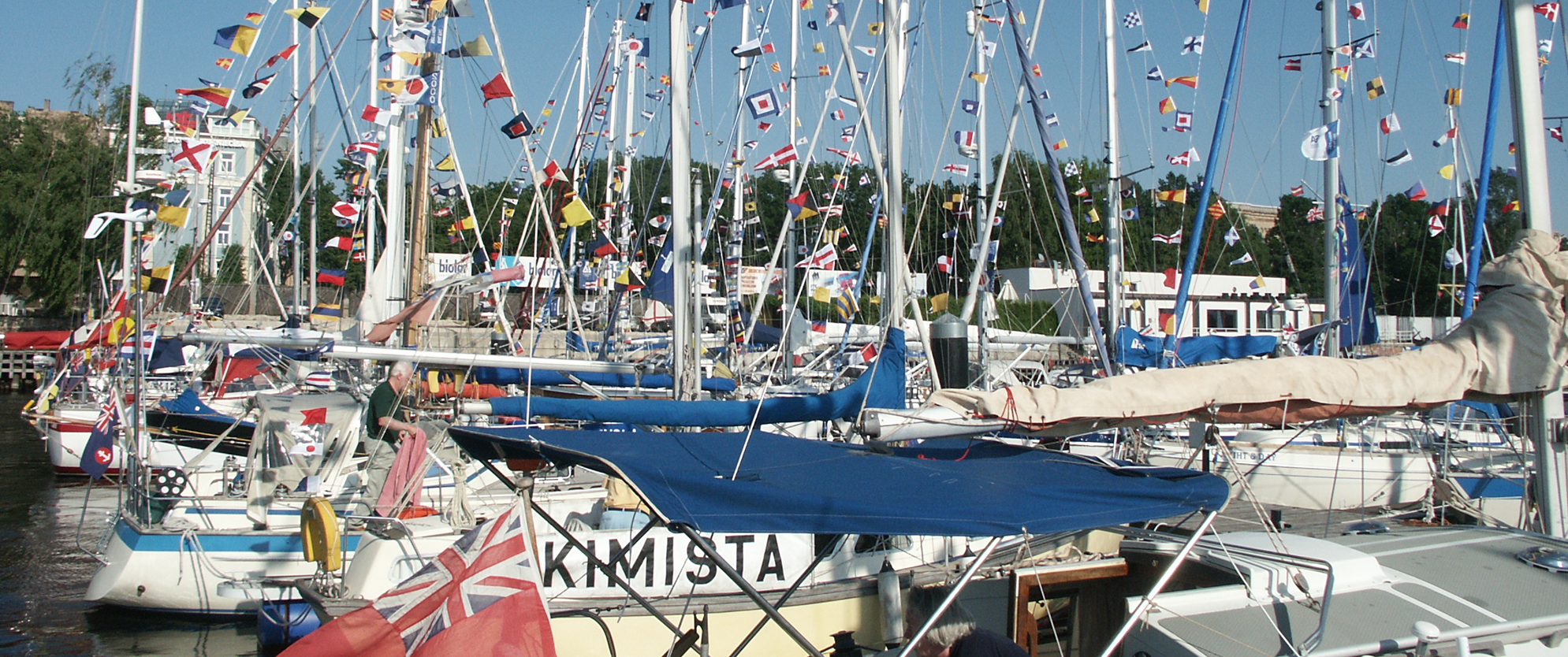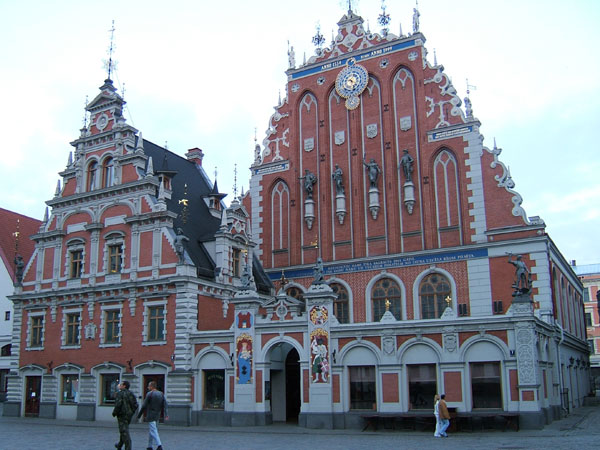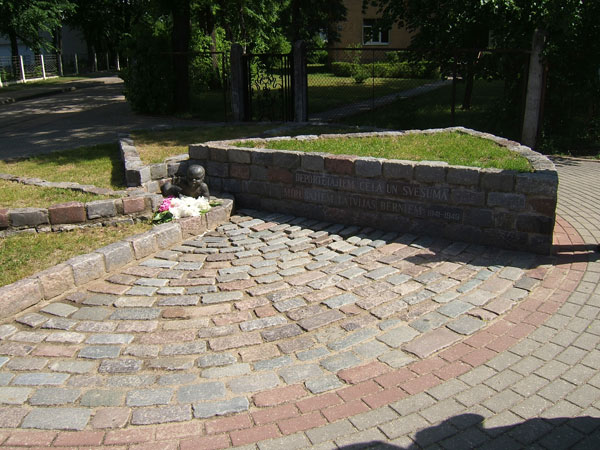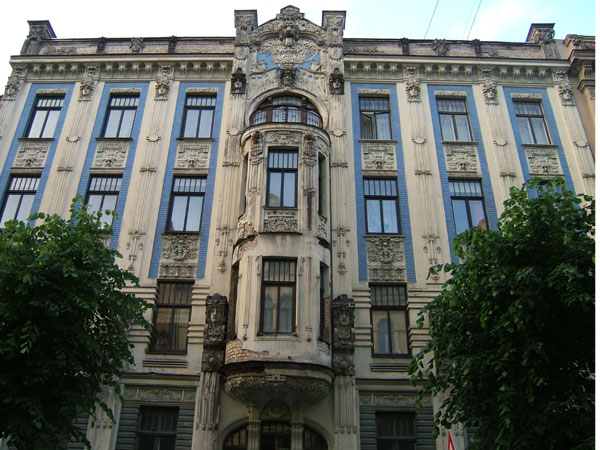
Riga
Date: June 20th to July 17th 2006
Distance : 54 miles
Weather : Lovely
After an uneventful 50 mile motoring trip we arrived in Riga, the capital of Latvia. The only serviceable yacht harbour, Andrejosta, is about 5 miles up river. A marked contrast to the other harbours in Latvia, the marina can hold around 200 boats, has 24 hour security and a friendly harbourmaster.
Riga itself is a strange city. Part of the hanseatic league, the 'old town' is the main attraction, but the city itself appears to have no obvious 'heart', except possibly for the area around the central station and the market - a collection of five massive aircraft hangers which host a soviet style central marketplace. This area absolutely teems with people. The stalls of small market traders, selling everything you could think of, but much of it only of interest to seventies revivalists, extend beyond the market halls for what seems like miles. Apart from this however, and a couple of touristy squares, the city sprawls ever outward.
There is a distinct 'period' feel about the city. I guess this is because much of the automation we are used to in the UK is non-existent. Local wages are still low, hence the ability to pay people to still do jobs we expect machines to do. The local tram service fascinated me. It takes three people to manage one tram. - The driver and two conductors. Each tram has two carriages, and as there is no corridor between the cars, each has its own conductor. No high tech ticketing system either. The conductor simply tears a ticket from a pad on her waist.
Having said the above, the gap between rich and poor is widening. Posh Porches and Mercs are noticable, particularly around the yacht club.
We hadn't understood how little of the city's heritage survived the 1945 war. The city has spent a good deal of money restoring (and in many cases, rebuilding) buildings significant to its history. One of the most spectacular examples of this is the 'House of the Blackheads'. This building, now looking rather like an explosion in a firework factory, was the home of a sort of upper class drinking club. A photograph in the basement shows how little survived in 1945. Now housing a number of grand conference rooms, and the city's tourist office, the surprise for us was the superb and exquisitely tasteful moulded/coloured glass used in one of the lesser rooms.
Next to the House of the Blackheads is the Museum of Occupation. This is a grim reminder of how the country has been overrun by various other powers (principally Germany and Russia, although the Poles had a hand in it too) and how the people have been treated. The country has only been independant for around ten years, and part of the EU for two. Clearly emotions are still raw. One of the beautiful parks on the fringes of the city was used by the Nazis to shoot tens of thousands of people. memorials do exist, but they are subtle, and you have to look for them.
One of the most unexpected discoveries for us is that Riga houses a great deal of Art Nouveau architecture. Although some of it has been restored, other buildings nearby just quietly rot. One street, almost entirely designed by Sergei Eisenstein's dad, is a spectacular collection.
Latvian car drivers are mad, even by British (and possibly even by Italian) standards. The road outside the marina is a racetrack where drivers seem to get extra points for hitting pedestrians. Apparently the worst day is the day after midsummer, when they all return from getting pissed in the woods the night before. (There's a delightful story that young couples go off into the woods to 'search for the mythical fern flower', but we all know what that means...)
Riga also revived my great kitchen roll conspiracy. (Like those in Denmark, the Latvian kitchen rolls are too long for my carefully made holder). What on earth is the point of the EU if it cant harmonise important things like kitchen roll sizes...


